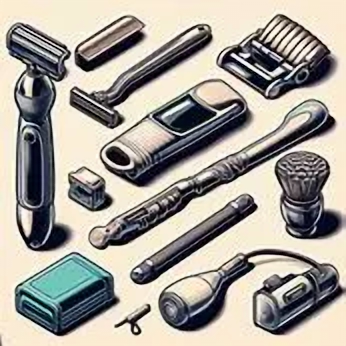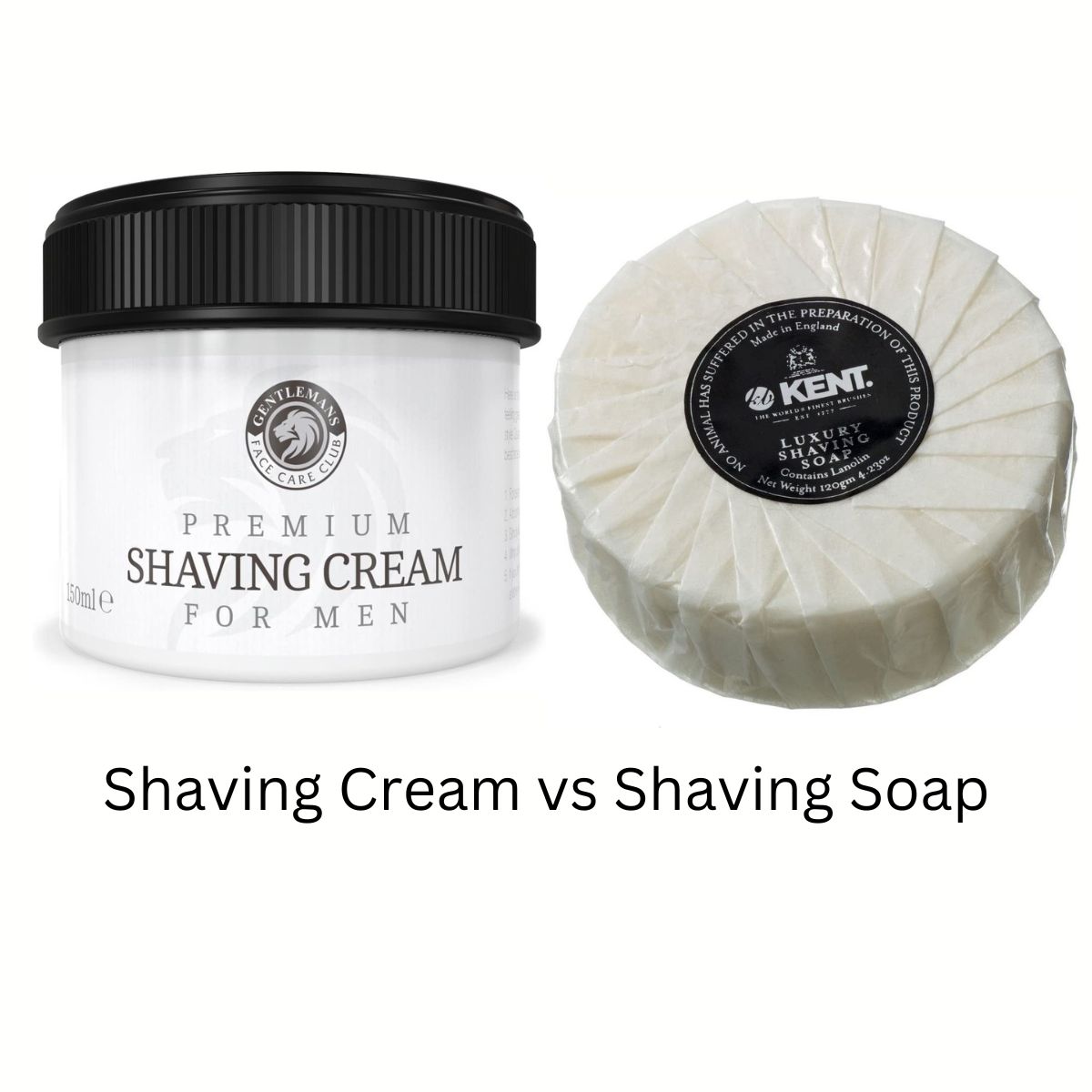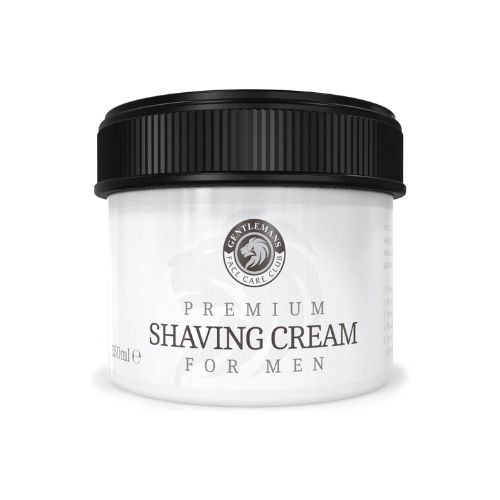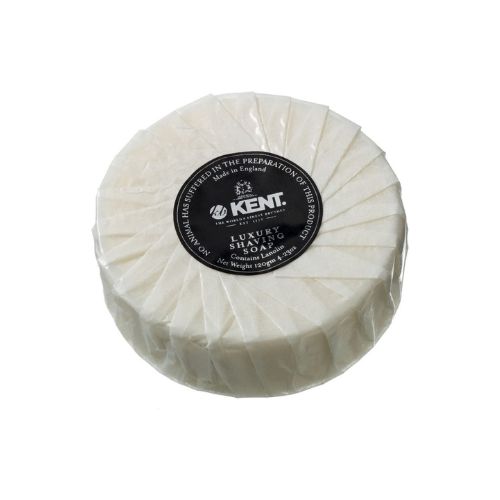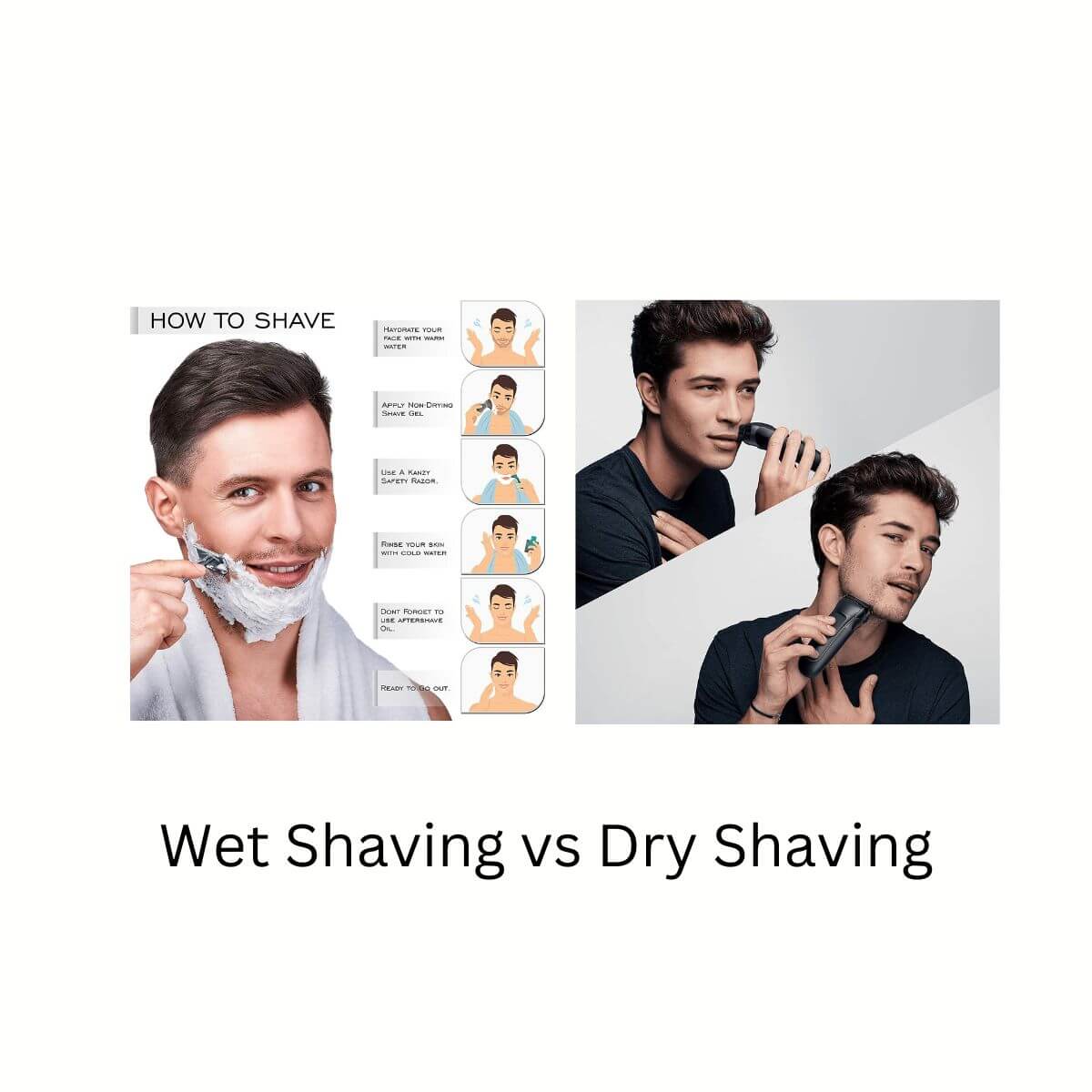Shaving is a common grooming ritual for both men and women. However, the choice of shaving method can greatly impact your experience. In this article, we'll delve into various shaving methods and provide a list of their pros and cons. Whether you're aiming for a close shave, minimal irritation, or environmental friendliness, this guide will help you make an informed decision.
1. Disposable Razors
This is a basic cheap razor that can be used a few times and then thrown away. It consists of a plastic handle and a metal blade that is attached to the head of the razor. The blade is usually made of stainless steel and is very sharp, allowing for a close shave. Mainly used by people who travel. They are available in both men’s and women’s styles, and they come in a variety of colors and designs.
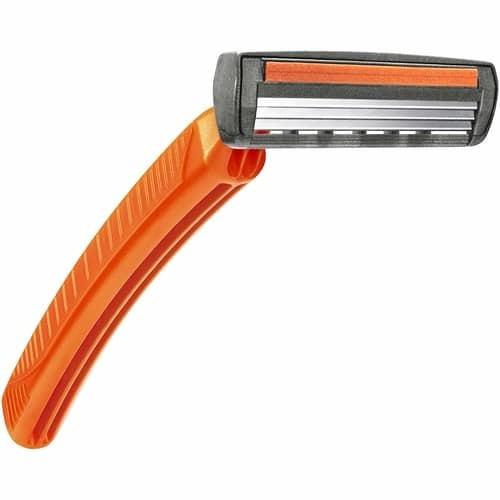
PROS
- Widely available: Easy to find in most stores.
- Quick and convenient: Offers a close shave with minimal setup.
- Variety of options: Different types and brands available.
- Affordable- These are very cheap to buy
CONS
- Risk of nicks and cuts: Can lead to minor injuries if not used correctly.
- Irritation: Some individuals may experience skin irritation, razor burn, or ingrown hairs. (No good for sensitive skin)
- Not environmentally friendly - basically end up in land fill
2. Cartridge Razors with Multi-Blades
A cartridge razor has a replaceable head or cartridge that contains multiple blades. The handle usually has a pivoting system to help the blades follow the contours of your face. Cartridge razors are popular because they are easy to use and are handy if you want to achieve a close, clean shave, thanks to their multiple blades. They are also less intimidating to use than straight razors and require less skill to use.
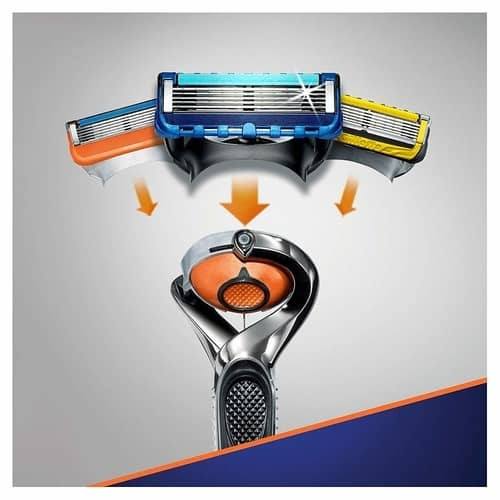
PROS
- Quick and efficient: Multi-blade razors provide a close shave with fewer strokes.
- Reduced risk of nicks: Multiple blades are designed to reduce the risk of cuts.
- Convenient: Readily available and easy to use.
CONS
- Irritation: Some users may experience skin irritation or razor burn.
- Cost: Replacement cartridges can be relatively expensive.
- Environmental impact: Disposable cartridges contribute to plastic waste
3. Safety Razor
A safety razor is a type of razor that has a protective device positioned between the edge of the blade and the skin. This protective device is designed to reduce the risk of cutting the skin while shaving.
Safety razors are often used by people who want a close shave without the risk of injury. They are also popular among people who prefer to use traditional shaving methods.
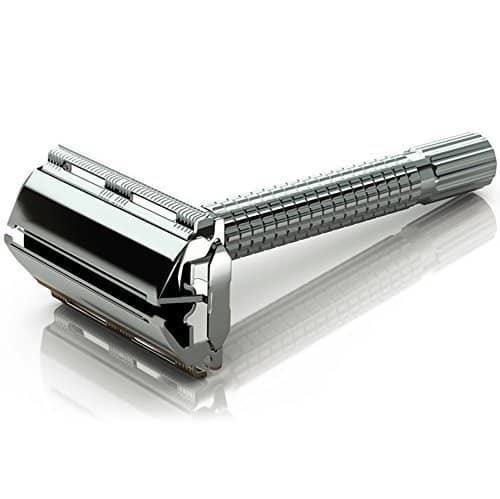
PROS
- Closer shave than cartridge razors: Offers a close shave while being less aggressive than a straight razor.
- Economical: Replacement blades are generally less expensive.
- Reduced plastic waste: Safety razors are more eco-friendly than disposable cartridges.
CONS
- Learning curve: Like the straight razor, using a safety razor effectively may require practice.
- Slower than cartridge razors: Shaving with a safety razor can be more time-consuming.
4. Straight Razor
A straight razor also known as a cut-throat razor has a long blade that can be folded into its handle. It is also known as an open razor and typically used by barbers in the UK.
There are two types; one has a fixed blade which is usually made of steel and is very sharp, and the second type allows you to use standard razor blades instead of a fixed blade.
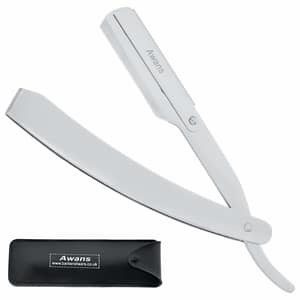
PROS
- Closest shave: Provides an incredibly close and smooth shave.
- Eco-friendly: Reduces the need for disposable razors.
- Art of shaving: Offers a traditional and luxurious experience.
CONS
- High learning curve: Requires skill and practice for safe use.
- Initial cost: The upfront investment in a quality straight razor can be significant.
- Time-consuming: Shaving with a straight razor may take longer than using a cartridge razor.
5. Shavette Razor
A Shavette razor is a type of cut-throat razor or straight razor. A traditional straight razor has a long blade that can be folded into its handle. The Shavette on the other hand has the same shape but doesn't have a fixed blade.
Instead, it uses single edge (SE) razor blades. These are popular with many barbers as they can use a new blade for each person being shaved and then dispose of it. That means they can remain hygienic and they don't have to worry about sterilizing the single long blade.
They also don't have to worry about keeping the fixed blade sharp.

PROS
- Closest shave: Provides an incredibly close and smooth shave.
- Eco-friendly: They use a single edge blade but don't need to replace the razor.
- Art of shaving: Offers a traditional and luxurious experience.
CONS
- High learning curve: Requires skill and practice for safe use.
- Initial cost: The upfront investment in a Shavette can be high depending on the model you pick
- Time-consuming: Shaving with a Shavette razor may take longer than using a cartridge razor.
6. Electric Shaver
An electric razor is a device that uses electricity to shave hair from the face or body. There are two types foil and rotary. Both have blades that move rapidly to cut the hair close to the skin. The foil type have a foil on top of the blades and better for sensitive skin types.
They are convenient, easy to use, and can reduce the risk of cuts and irritation. However, they may not provide as close a shave as traditional razors, and they may need to be cleaned and charged regularly.
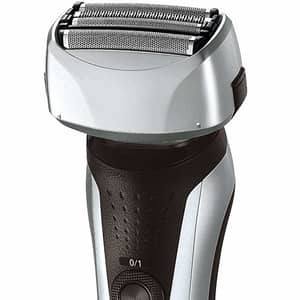
PROS
- Speed: Quick and efficient for daily use.
- Minimal risk of cuts: Reduces the risk of nicks and cuts.
- Dry or wet use: Some models can be used both dry and with shaving cream or gel.
CONS
- Not as close as manual razors: May not provide as close a shave.
- Battery dependent: Requires charging and may not be suitable for travel.
- Can be noisy: Electric shavers can be noisy during use.
7. Epilators
An epilator removes unwanted hair by mechanically grasping multiple hairs simultaneously and pulling them out from the root. Epilators are available in both dry and wet versions.
They are not suitable for the face and mainly used by ladies for body hair removal. For best results, exfoliate your skin before using an epilator to remove dead skin cells and prevent ingrown hairs.
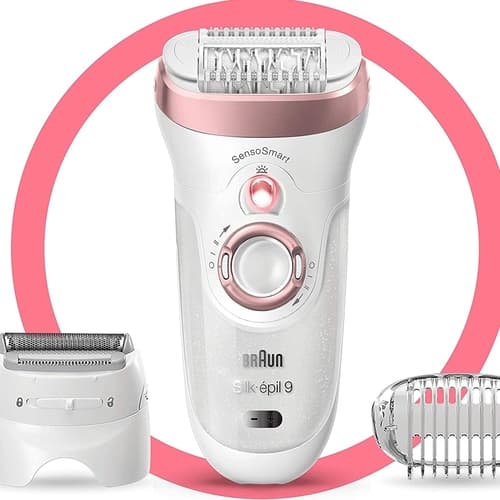
PROS
- Longer-lasting results: Epilators remove hair at the root, resulting in slower hair regrowth.
- No need for shaving cream: Can be used on dry skin.
- Compact and portable: Suitable for travel.
CONS
- Discomfort: Epilators can be painful, especially during the first few uses.
- Not ideal for facial hair: Primarily used for body hair.
- Ingrown hairs: There is a risk of ingrown hairs, especially if not used correctly.
Conclusion
Choosing the right shaving method depends on your preferences, skin type, hair type, and lifestyle. Whether you're seeking a quick and convenient shave or a traditional, luxurious experience, each method has its unique advantages and drawbacks. Consider your needs and prioritize factors such as comfort, environmental impact, and cost when selecting your preferred shaving technique.

